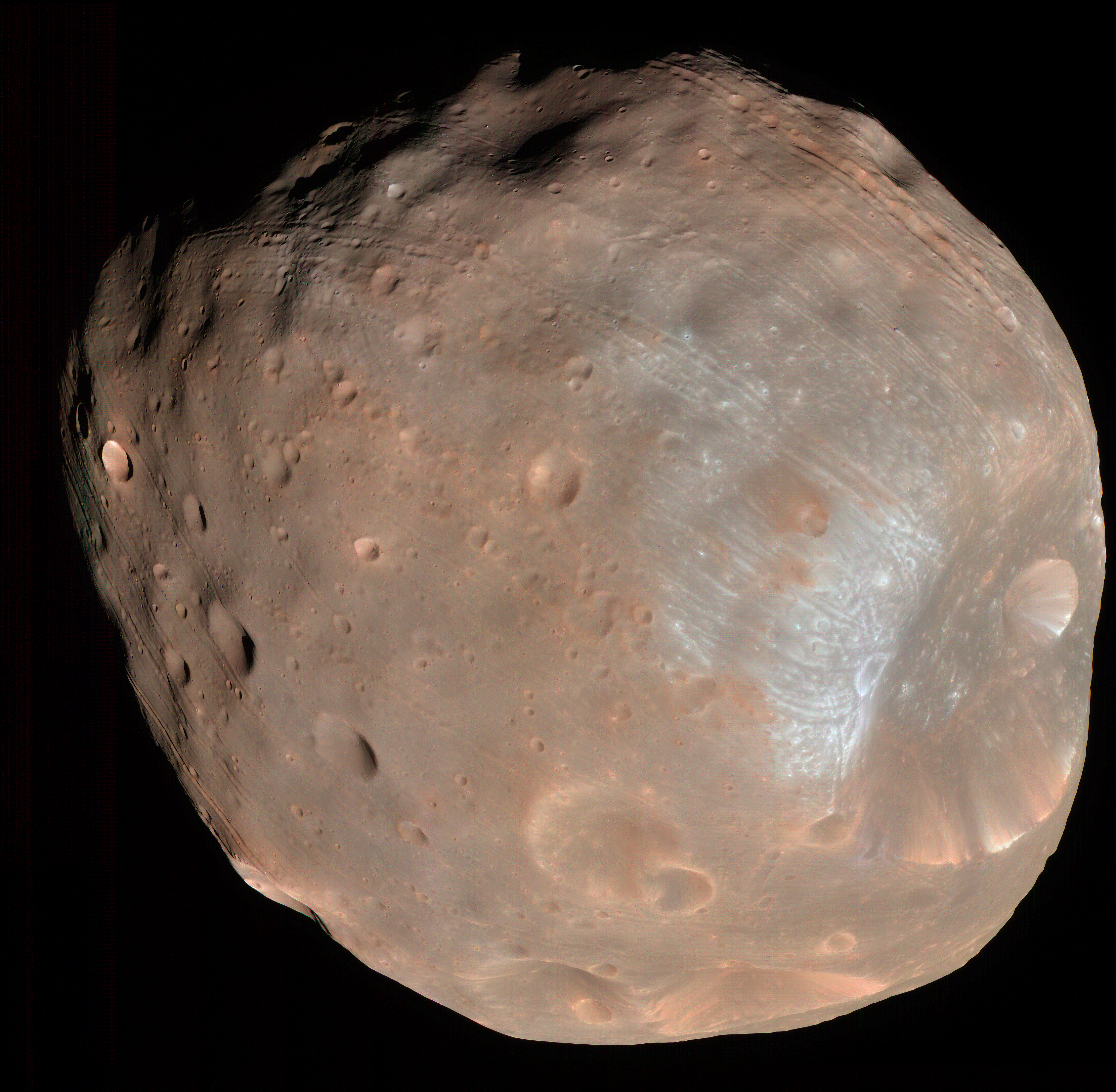
Humanity's quest to send astronauts to Mars may get a boost from a student design competition being held this week.
The Caltech Space Challenge, which runs from Monday through Friday (March 25-29) at the university's campus in Pasadena, asks two teams of students from around the world to design a manned mission to Phobos or Deimos, Mars' two tiny moons.
"This is a technical feat that, by necessity, will spark innovation the world over," Nick Parziale, a PhD student in aeronautics at Caltech and leader of one of the teams, said in a statement. "We hope the Caltech Space Challenge serves as a reminder that these incredibly difficult problems are tractable, and that these passionate and dedicated students are just the women and men for the job."
A total of 32 graduate and undergraduate students representing 21 universities and 11 different countries are participating in the competition, Caltech officials said. Scientists and engineers from Caltech, NASA's Jet Propulsion Laboratory in Pasadena and a number of aerospace firms will advise the student teams and judge their final designs, which will be presented Friday. [Photos: Mars Moon Phobos Up Close]

Many scientists view Phobos and Deimos as potential stepping stones to Mars itself, as well as locations from which astronauts could efficiently operate robots exploring the Red Planet's surface.
The two moons are both tiny, with Phobos measuring 14 miles (22 kilometers) across and Deimos just 8 miles (13 km). They're probably former asteroids that Mars' gravity captured long ago, researchers say.
NASA is looking into sending astronauts to Phobos or Deimos as part of a broad investigation of manned Mars mission options. In 2010, President Barack Obama directed the space agency to get humans to the vicinity of the Red Planet by the mid-2030s.
Get the Space.com Newsletter
Breaking space news, the latest updates on rocket launches, skywatching events and more!
Students participating in the design competition hope their work brings a manned journey to Mars a little closer to reality.
"Sending humans to the neighborhood of Mars, and back, is going to be one of the most challenging engineering feats ever attempted," Jason Rabinovitch, another Caltech aeronautics PhD student and leader of the competition's other team, said in a statement.
"The Caltech Space Challenge is our way to continue to support and advance what is bound to be a long process of design, development and innovation leading to human footprints on Martian soil," Rabinovitch added.
Public lectures associated with the design challenge will be given Monday through Wednesday (March 25-27). The public is also invited to attend the competition's final presentations on Friday afternoon. More details on the student contest are available at the Caltech Space Challenge website.
Follow Mike Wall on Twitter @michaeldwall. Follow us @Spacedotcom, Facebook or Google+. Originally published on SPACE.com.
Join our Space Forums to keep talking space on the latest missions, night sky and more! And if you have a news tip, correction or comment, let us know at: community@space.com.

Michael Wall is a Senior Space Writer with Space.com and joined the team in 2010. He primarily covers exoplanets, spaceflight and military space, but has been known to dabble in the space art beat. His book about the search for alien life, "Out There," was published on Nov. 13, 2018. Before becoming a science writer, Michael worked as a herpetologist and wildlife biologist. He has a Ph.D. in evolutionary biology from the University of Sydney, Australia, a bachelor's degree from the University of Arizona, and a graduate certificate in science writing from the University of California, Santa Cruz. To find out what his latest project is, you can follow Michael on Twitter.
